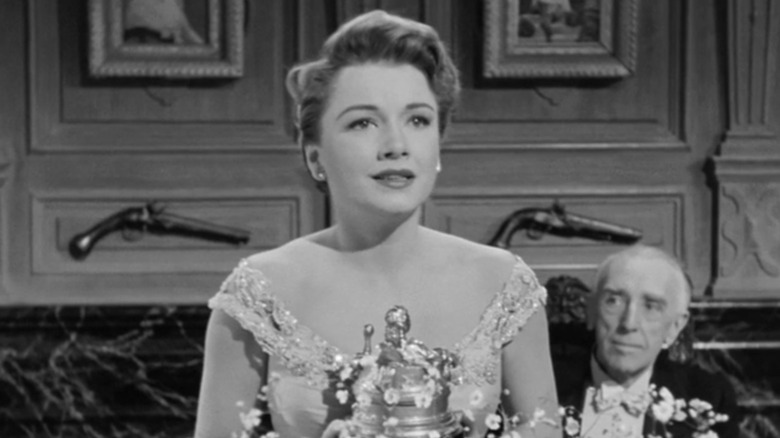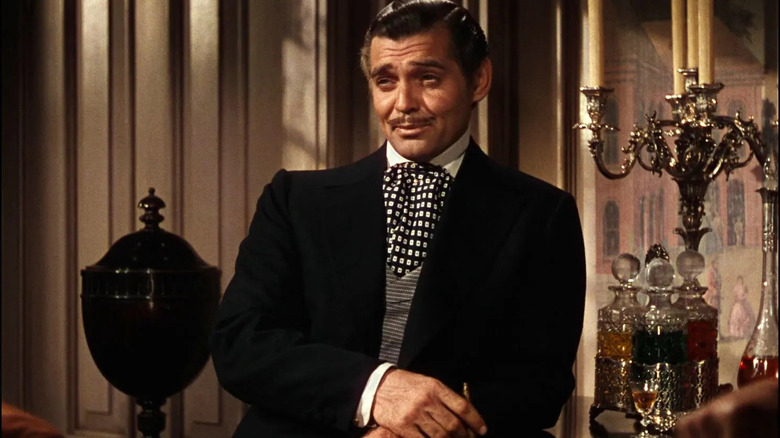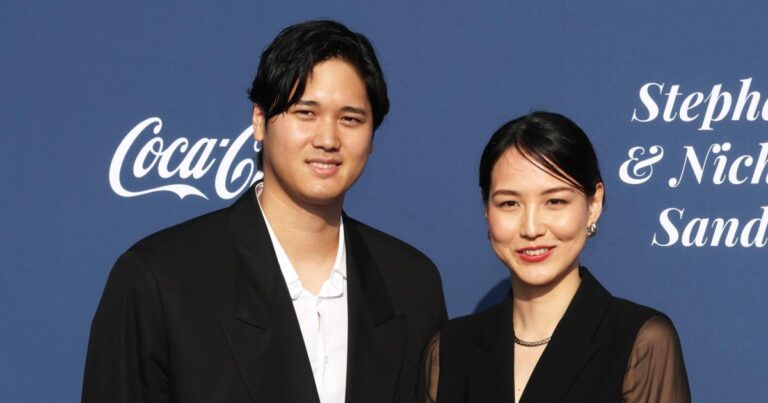Why Oscar winners can’t sell their awards
Some interesting facts about Oscar statuettes:
The award is 13 and a half inches tall and the overall award weighs about eight and a half pounds. The statues are made of solid bronze and covered with real gold. During the metal shortages of World War II, the Oscars were made of painted plaster, although winners were allowed to exchange them for bronze when supplies became plentiful again.
They say that too much Oscars can tarnish gold, so Oscar winners should be careful with them. The statuettes were made in an art foundry in Chicago called Polich Tallixthe same firm that handled Roy Lichtenstein’s work and the Korean War Memorial in Washington, DC
The statuettes don’t technically belong either to voters or to the people who win them. Indeed, beginning in 1951, the Academy of Motion Picture Arts and Sciences instituted a new rule that prohibited winners from selling their Oscars at any price. It was important for the MPA to keep its image intact and preserve the prestige of the Oscars. According to its own set of rulesOscar winners are not allowed to sell or throw away their statuettes without first offering to sell them back to the Academy … for $1. This rule also applies to people who have inherited figurines from deceased relatives, or who have received a figurine as a personal gift.
Some Oscars have indeed found their way onto the black market in the past, but for the most part Oscars can only be seen in museums, studios or the homes of talented people.
Academy bans sale of Oscar statuettes to preserve prestige
Quoting the entire Academy rule, it reads:
“Academy Award Winners do not have any copyright rights or goodwill of the Academy in respect of the Oscar Statuette or its trademarks and service marks. Award Winners must comply with these rules and regulations. Award Winners must not sell or otherwise dispose of the Oscar statuette, and not allow it to be sold or disposed of by operation of law without first offering to sell it to the Academy for an amount of $1.00 also applies to heirs and assigns of Academy Award winners who may receive the statuette as a gift or inheritance.”
Of course, some Oscars have made their way into the market.
Marca website listed the fact that Michael Jackson, back in 1999, bought Gone with the Wind won the Oscar for Best Picture. He paid 1.5 million dollars for it. Before the no-sale rule went into effect, actor Howard Russell, winner of 1944’s The Best Years of Our Lives, sold his Oscar for $60,500 to pay his wife’s hospital bills. Also “Oscar”, which screenwriter Herman J. Mankiewicz received for co-writing the film “Citizen Kane”, it went to auction and was sold for $588,455.
Reported by CBS News it emerged that in 2007 someone was trying to sell two Oscars won by Mary Pickford in the 1920s. The Academy sued the seller and won, taking back the statuettes. In 2014 via a report in Reutersthe nephew of Academy Award winner Joseph Wright (for directing My Girl in 1943) did auction off his uncle’s Oscar for $79,200. When the Academy learned of the sale, they also sued the seller and the auction house. They also won that case, and they had to return the Oscar. The buyer, whoever he was, was out of luck.
Other cases of selling Oscar
The famous director Steven Spielberg, wanting to get his due at the Academy, once sought out the Oscar won by Clark Gable for Gone with the Wind, and Bette Davis won two Oscars for the films “Dangerous” and “Jezebel”. He bought the Gable’s at auction for $607,500 and the Davis pair for $758,000. However, Spielberg was not a collector and gave the Oscar back to the Academy. I guess he didn’t accept the $1 ransom for them. It was in 2002 and This was reported by the Los Angeles Times.
In 2012, Yahoo! reported that David Copperfield, a wealthy magician, sold his Oscar for a whopping $2 million. It was the Oscar that director Michael Curtiz won for his work on Casablanca, and Copperfield reportedly purchased it in 2003 for $231,500.
Given that the no-sale rule for the Oscars was only enacted in 1951, most stories about black market statuettes involve awards won in the 1920s, 30s or 40s. If you’ve seen the most recent Academy Awards in person, they’ve most likely been donated or loaned to a museum for display.
Unfortunately, there is no official information on how many Oscar statuettes are currently missing. It will take a lot of research and investigation and a lot of leg work. However, if the Academy is looking for someone to do such a job, it’s likely that there are plenty of qualified cinematographers around the world who would be happy to contribute. Like the Academy itself, its supporters likely want the body to retain its prestige.










